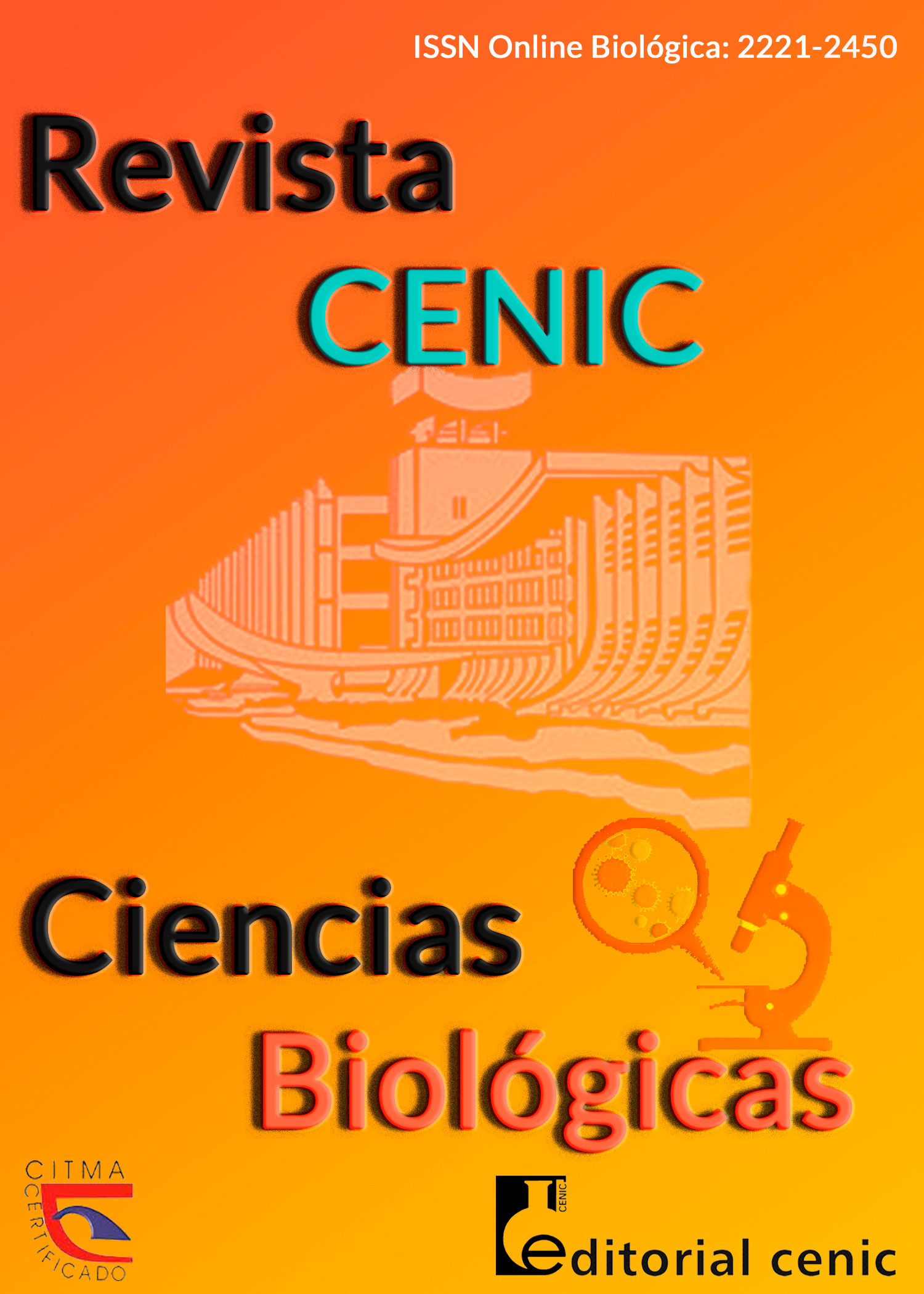Considerations about the influence of extremely low frequency oscillating magnetic field on indoor airborne
Abstract
Monitoring and control of the microbiological quality of the air is very important for human activity, which is why aeromicrobiology has boomed in recent years. Specialists suggest that to study the airborne of indoor and outdoor environments, numerous factors must be taken into account such as temperature, relative humidity, the time of year and even the time of the study, however, they forget that microorganisms are charged bioparticles and ignore the presence of an extremely low frequency oscillating magnetic field (ELF-OMF) at the time of air sampling. For this reason, the aim of this paper was to analyze the bibliographic sources that support the considerations about the influence of the ELF-OMF on the aeromicrobiota of indoor environments. The accepted scientific knowledge in microbiology on the effect of ionizing radiation on the excretion of pigments by the fungi and the electrical charge of microorganisms was linked to the experimental results of the electromagnetic attraction suffered by the same and the dust particles and ions in the air to which they may be united. Based on the link made, was supported that the ELF-OMF influences on the indoor aeromicrobiota, so it should be seen as a physical factor for the microbiological samplings of indoor air.
Downloads

Downloads
Published
How to Cite
Issue
Section
License
Copyright (c) 2021 Copyright

This work is licensed under a Creative Commons Attribution-NonCommercial-ShareAlike 4.0 International License.
Los autores que publican en esta revista están de acuerdo con los siguientes términos:
Los autores conservan los derechos de autor y garantizan a la revista el derecho de ser la primera publicación del trabajo al igual que licenciado bajo una Creative Commons Atribución-NoComercial-CompartirIgual 4.0 Internacional que permite a otros compartir el trabajo con un reconocimiento de la autoría del trabajo y la publicación inicial en esta revista.
Los autores pueden establecer por separado acuerdos adicionales para la distribución no exclusiva de la versión de la obra publicada en la revista (por ejemplo, situarlo en un repositorio institucional o publicarlo en un libro), con un reconocimiento de su publicación inicial en esta revista.
Se permite y se anima a los autores a difundir sus trabajos electrónicamente (por ejemplo, en repositorios institucionales o en su propio sitio web) antes y durante el proceso de envío, ya que puede dar lugar a intercambios productivos, así como a una citación más temprana y mayor de los trabajos publicados (Véase The Effect of Open Access) (en inglés).














